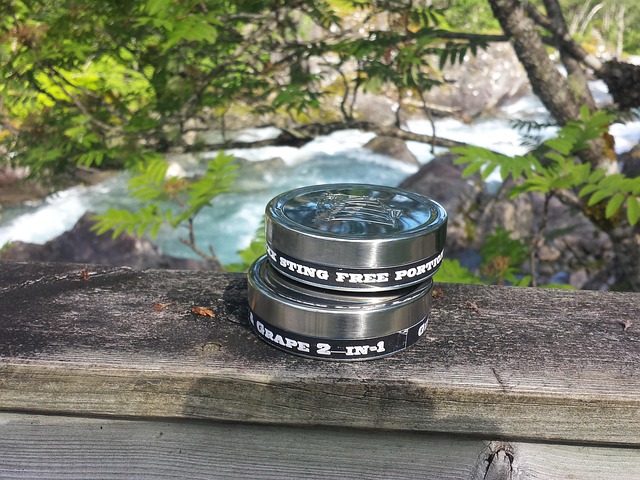San Antonio residents dealing with water-damaged drywall should follow a systematic approach: assess damage, use moisture meters for hidden sources, extract excess water with specialized equipment like dehumidifiers, and address structural issues to prevent mold growth and further damage. Modern techniques offer faster drying processes for efficient repairs tailored to local needs.
For San Antonio residents dealing with water-damaged drywall, professional mitigation and extraction services are crucial. This article offers valuable insights into navigating the process of repairing water-damaged drywall effectively. We’ll explore essential techniques from initial assessment to advanced extraction methods designed to minimize damage and restore your space. Discover expert tips tailored for San Antonio homeowners, ensuring a swift return to a dry, safe environment.
- Understanding Water Damage in Drywall
- Essential Steps for Initial Assessment
- Advanced Techniques for Efficient Extraction
Understanding Water Damage in Drywall

Water-damaged drywall is a common issue faced by San Antonio residents, often resulting from leaks or flooding events. It’s crucial to act swiftly when dealing with water-damaged drywall as it can lead to further structural damage and mold growth if not addressed properly. The first step in repairing water-damaged drywall involves assessing the extent of the damage. Look for signs like peeling paint, warped sheets, or visible water stains, which indicate the level of saturation.
Once identified, immediate action is key. Start by turning off the water source to prevent further moisture ingress. Then, remove any damaged drywall and inspect the underlying structure for water intrusion. It’s important to use specialized extraction equipment to remove excess water from the affected area. This process involves using industrial-strength fans, dehumidifiers, and moisture meters to ensure the drywall is dry before replacing it. Following these water-damaged drywall repair tips can help San Antonio residents mitigate potential issues caused by water damage.
Essential Steps for Initial Assessment

When dealing with water-damaged drywall, San Antonio residents should follow a systematic approach to ensure proper mitigation and restoration. The initial assessment is crucial in determining the extent of the damage and planning an effective repair strategy. First, inspect the affected area meticulously, noting any visible signs of water intrusion or mold growth. Check for discolored or bulging drywall, which could indicate moisture penetration beyond the surface.
Next, utilize moisture meters to gauge humidity levels behind the walls. This step is vital as it helps identify hidden moisture sources and ensures that every inch of affected drywall is addressed. Remember, early detection is key in preventing further damage and costly repairs. With these essential steps, San Antonio residents can take control and begin the process of repairing their water-damaged drywall with confidence.
Advanced Techniques for Efficient Extraction

In the realm of water-damaged drywall repair, San Antonio residents have access to cutting-edge techniques that ensure efficient extraction and swift mitigation. Experts in moisture extraction employ advanced tools and methods to tackle this delicate process. One game-changer is the use of industrial-grade dehumidifiers, which swiftly remove excess moisture from affected areas, preventing mold growth and structural damage. These machines are designed to handle large-scale drying jobs, making them ideal for severe water damage cases.
Additionally, professionals utilize specialized equipment like air movers and fans to expedite the drying process. Air movers force hot, dry air into damp spaces, while fans circulate it, ensuring every corner of the room is treated effectively. These advanced techniques not only speed up repair but also offer San Antonio residents peace of mind, knowing their homes are being restored using state-of-the-art methods for water-damaged drywall repair tips.
For San Antonio residents facing water-damaged drywall, understanding and implementing efficient extraction techniques is crucial. By following these expert tips on assessment and advanced moisture mitigation, homeowners can effectively navigate the restoration process. Remember, swift action is key to minimizing damage and ensuring a timely return to a dry, safe living space.
